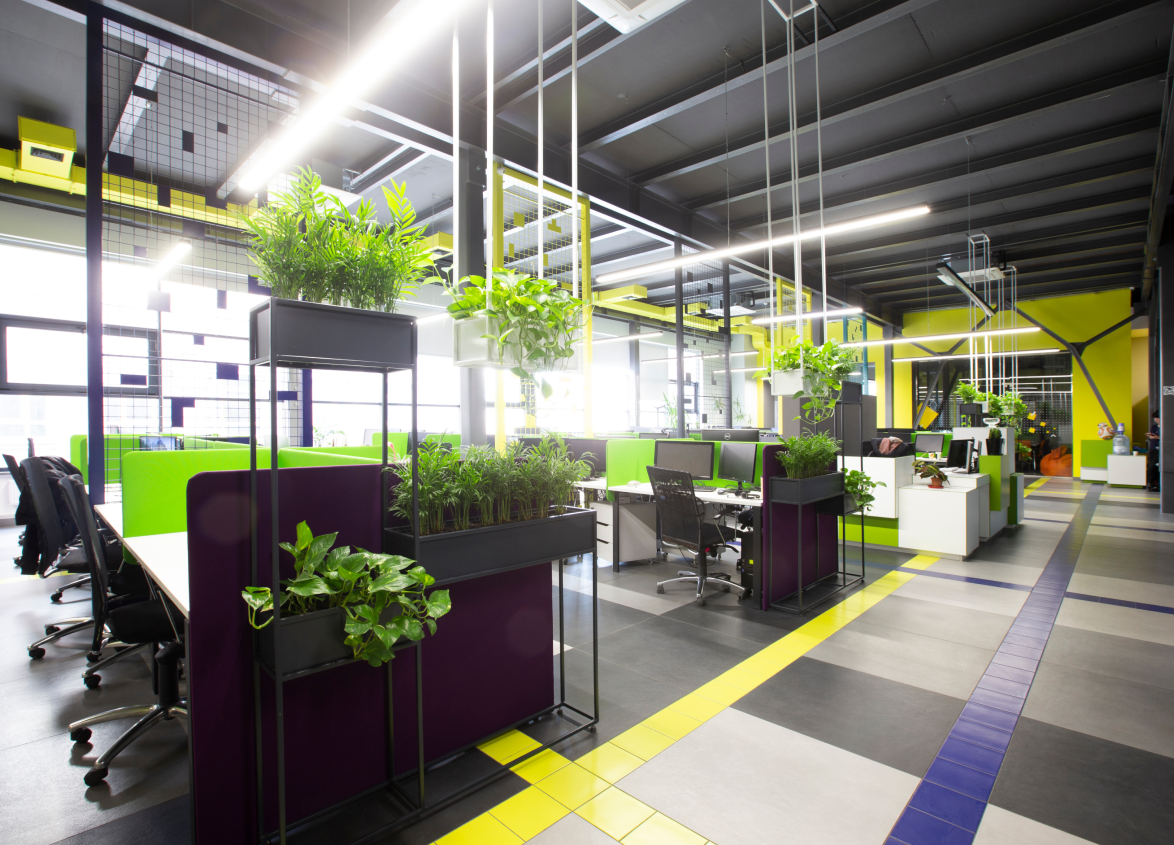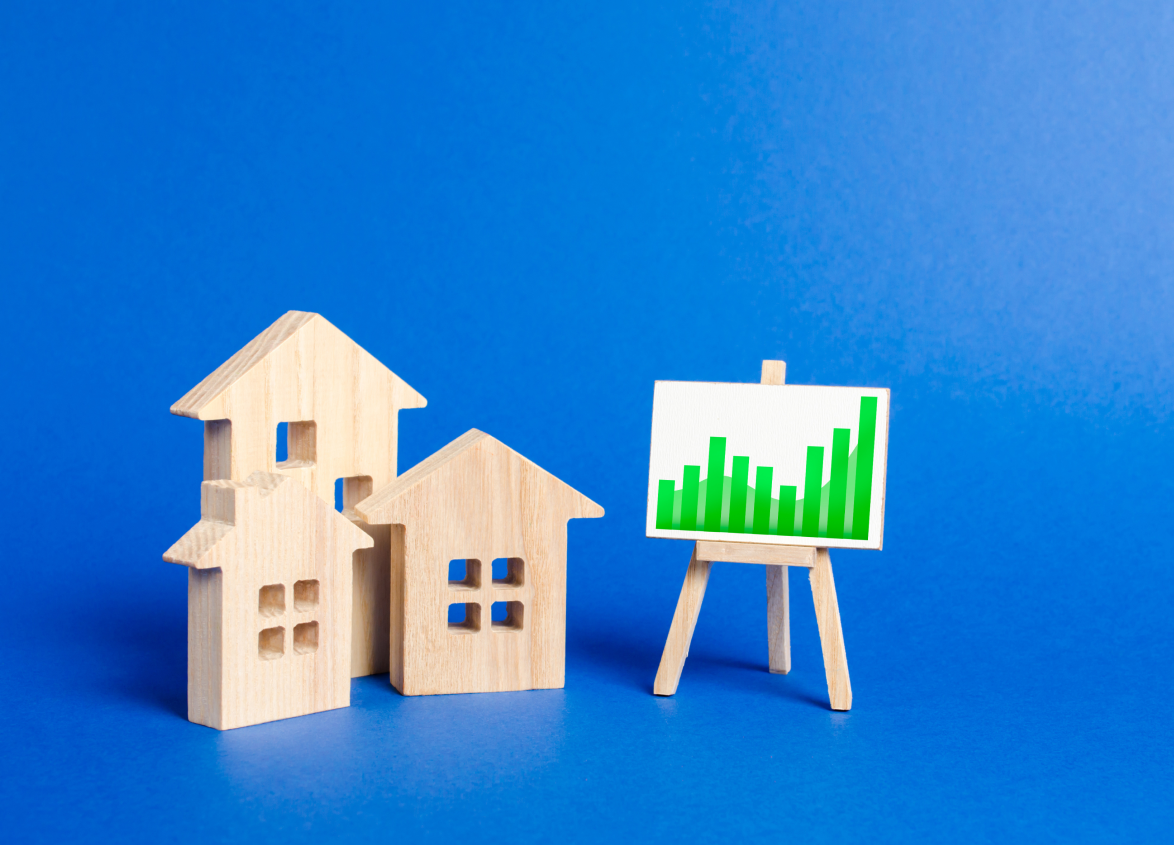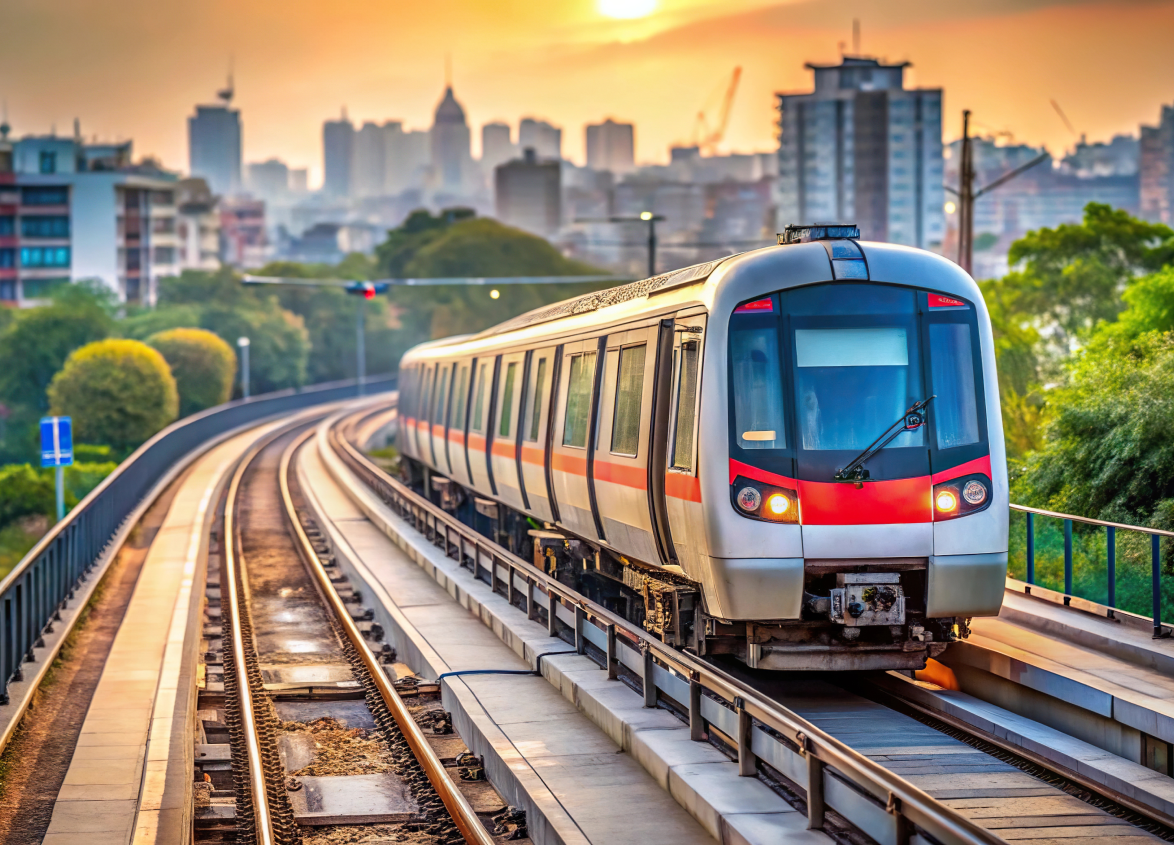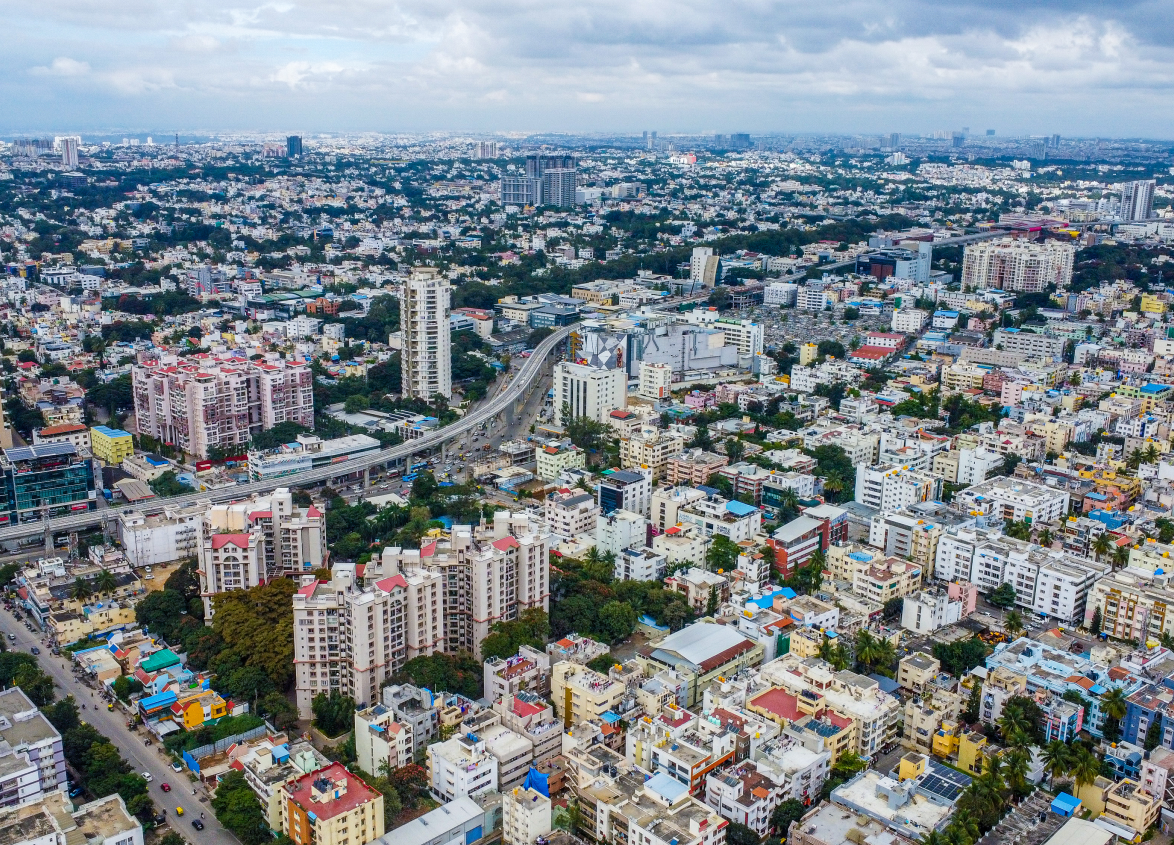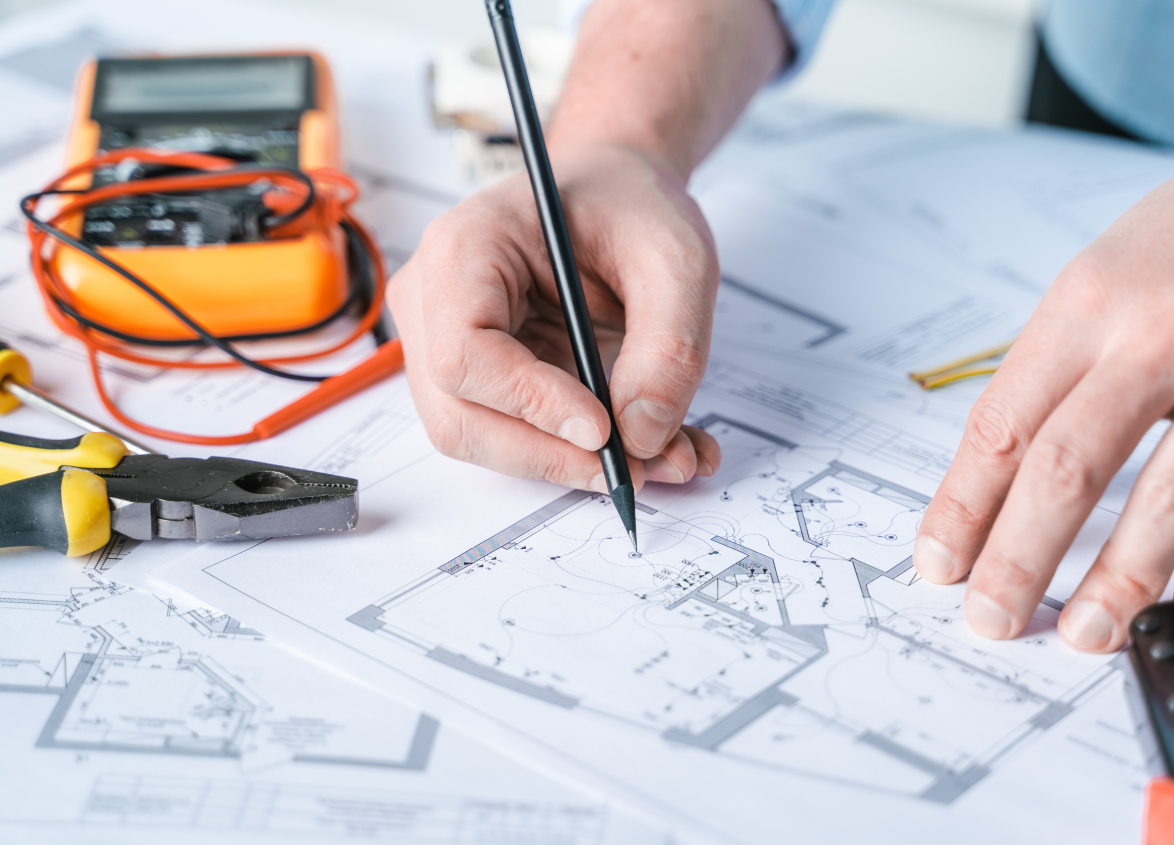
Foundation
The Significance of Community Development: Exploring Its Types and Benefits
January 23, 2025
Introduction
Do you ever think of how your neighbourhood, town or even city can grow and improve with time? How do parks get built, schools get upgraded, or businesses start flourishing in once-quiet corners? That is community development. It's all about people coming together to create better living conditions, more opportunities and ultimately, a stronger, more inclusive place to live.
Community development is important because it helps to bring out the best in society and help build something even bigger. However, community development has to do much more than just build new things. It strengthens the system that keeps people connected.
In this blog, we will be digging into what community development really means, the reason why it's important and the different types and benefits that it offers. Let us break it down!
Definition of Community Development
Community development definition, in a nutshell, is a group process wherein people from a given place or locality exercise and consolidate to improve their living conditions and at the same time, create more opportunities for all. It simply means groups come together, identify the problems, then seek solutions and make those work.
Community development is all about collective action toward positive change. It talks about making people take charge of their community's future, ensuring they have a say and can achieve what they need for themselves.
The greatest social impact from this move will be to foster unity and progress so that the whole community proceeds to grow accordingly.
Importance of Community Development
So, what's the big deal about community development? The community development importance lies in the fact that it helps build a more robust yet flexible society. When people work together, they tend to have a sense of belonging and pride in their local surroundings. Such a sense of togetherness has been known to improve safety and public health, education and economic opportunities, among others.
More importantly, on a very general scale, development is vital to the community because it touches on issues of social inequality. Nobody should be left behind - regardless of one being poor or, for instance, denied access to education or having extreme, distressing conditions in housing. This approach enables communities to grow in a more sustainable and egalitarian manner.
This further contributes to local economic development. Investing in your community can mean different things. You want to erect new infrastructure, support local businesses or train people for jobs, which boosts the local economy, which in turn creates more jobs, increases property values and encourages more investment in the area.
Types of Community Development
There is no one-size-fits-all approach when it comes to community development. Every community, after all, has a different need. The strategies that may be implemented in one community may not work for another. Here are some of the most common types of community development:
Economic Development
Economic development centres on building up the economy within the region. These can be creating jobs, developing small-scale enterprises or attracting new investment. The general gist of this is to produce an affluent community in terms of finances, whereby people have good jobs and access to the resources needed to succeed.
For example, the community would start with a job training program where participants would acquire new skills to help the unemployed members of society gain their new expertise.
Social Development
Social development seeks to advance the quality of life in a given community. Its activities would involve access to health care, education, home and social services and try to make communities more just. Examples of such activities could include the construction of new schools, starting community health programs or developing projects for affordable housing.
Environmental Development
Environmental development is all about creating a sustainable community. This type of development concerns the development of a community with regard to the factors mentioned below: pollution, waste, climate change and so forth. Communities that prioritise environmental development are on the way toward a greener and more sustainable future.
It can be done through the development of more parks, recycling programs or moving towards renewable forms of energy. The intention is that the community is habitable for future generations.
Cultural Development
Cultural development strives to preserve and showcase unique cultural heritage in a community. This is achieved, for example, through sponsoring local artists, holding events of cultures or preserving historical landmarks. By doing so, communities can fortify their identity and instil pride within the populace.
Imagine a town that celebrates an annual festival of its unique traditions or a neighbourhood that patronises local street artists by offering space to showcase their work. Cultural development helps preserve the traditions of any community and fosters its oneness.
Political Development
Political development encourages civic engagement and equips people with the means to participate in decisions regarding their lives. Such development is, therefore, important to enable any person in the community to have input on how the community develops and changes.
Political development may include voter registration drives and public forums where the residents could voice their concerns or initiatives concerning transparency and accountability in local government.
Benefits of Community Development
Now that we have addressed various types of community development, let's discuss the advantages they provide for us.
Empowerment
The people take charge of the future of the community. People own and take pride in their community when making decisions and applying solutions. This consequently results in increased engagement and participation in future projects.
Improved Quality of Life
Probably one of the best things that community development brings is the improvement in the quality of life for those residents living therein. It may be better healthcare or more job opportunities or more improved public services; community development initiatives normally lead to tangible benefits that make life better for all.
Social Cohesion
When the communities share a common objective and get together to work on it, then the members bond, leading to social cohesion, which makes the community stand united and stronger, wherein people support one another and complement each other to overcome adversities.
Economic Growth
As we already outlined, community development can go as far as developing the local economy. Communities gain economic growth through job creation, business support and investment attraction. This leads to even more opportunities and increases the livelihood of its people.
Sustainability
Environmental community developments aim at making more sustainable communities. Effective management of issues such as pollution and resource depletion can ensure livability and prosperity in communities for future generations.
Civic Engagement
When people are more involved in the creation of their community, they are also more likely to be active in civic life. This can lead to increased involvement in local governance, higher voter turnout and more accountability from elected officials.
Barriers to Community Development
Community development is not a bed of roses. There are numerous chances of facing obstacles on the road:
Lack of Resources
One of the major barriers that impede the process of effective community development is a lack of resources. Whether it's funding, skilled personnel or information access, many communities simply do not have the wherewithal to drive large-scale development projects.
Resistance to Change
People who have been doing things a certain way for a long time will find change difficult. Other people may resist new initiatives, having doubts that these will disrupt their lives once they get accustomed to them. For this resistance to be resolved, patience, communication and the building of trust is required.
Political Barriers
Local governments may not support any efforts for community development. Bureaucratic or corrupt political systems or lack of a political will can hinder the continuation of or even stop the continuity of projects.
Continuity of Projects
It's easy to start community development. Keeping it up and running is another story, and most importantly, the long-term sustainability of a project is tough when funding is not available, either from outside or from within.
Inequality and Exclusion
Sometimes, there may be groups that, either intentionally or unintentionally, are missed by development work and this could further result in increased inequalities and social division in a project, contrary to the ultimate goal of community development.
Future of Community Development
What does the future hold for community development? As society moves further in development, community development will have to face new challenges and opportunities. Technological change is likely to play a major role in what the future holds for community development. Digital tools can help communities collaborate better, share resources and communicate over greater distances.
Sustainability will also continue to be a concern as communities find ways to address climatic impacts and decreases in natural resources. Ecological factors, green technologies, renewable energy and eco-friendly practices will play increasing roles in community-based developments.
Community development will not be left behind in the quest for inclusivity. It would not be surprising if real, equitable-thriving communities were established by hearing the voices of marginalised groups and making efforts to involve them in development activities.
Conclusion
Community development will play a key role in building lively, resilient communities that flourish. Economic growth, social improvement and environmental sustainability are just some of the ways in which community development can pave the way for a better tomorrow for people as they work toward change. These challenges aside, however, many benefits far outweigh the obstacles.
Community development empowers people, builds social cohesion, supports economic and environmental well-being and makes other important contributions that shape the course of our society. Ongoing investment in community development will be critical as we move forward to foster opportunities for all communities to grow and prosper.
FAQ's
1. How can communities participate in community development?
Communities may participate by attending local meetings, joining organisations, volunteering to work on projects, or collaborating with the local government on common issues.
2. How can people participate in community development programs?
People may contribute by offering their skills, volunteering, participating in local initiatives or advocating for positive changes through civic engagement.
3. What are the examples of good community development programs?
These include urban farming projects, low-income housing programs, community health centres and small business development or job training schemes.
4. How does community development influence the local economy?
Community development strengthens the level of employment, stimulates small businesses, improves the infrastructure and attracts new investments to the locality.
5. What challenges do communities face in achieving sustainable development?
There are challenges such as the non-availability of resources, resistance to change, political barriers and sustaining a project over time. These can be alleviated by leadership and involvement of the community in the initiative and further support.
MUST READ
Looking for something specific?
We'd be delighted to help you.






